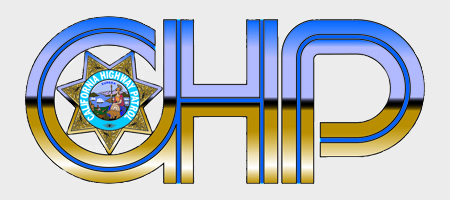Sacramento, CA…– Motor vehicle collisions are the leading cause of death for teens in the
United States. The chance of a teen being involved in a collision is at a lifetime high within the
first two years of driving. These odds are substantially reduced when high-risk driving behaviors
are eliminated. The two-hour Start Smart class can help eliminate these behaviors by providing
teens driver education, developed specifically to address high risk driving behaviors observed
every day by California Highway Patrol (CHP) officers.
Designed for newly licensed teen drivers and their parents, the CHP’s Start Smart program is a
two hour driver safety education class that is conducted throughout the state. The free program
was revised by the CHP in 2014 and incorporates innovative techniques to capture the attention
of teens and parents, providing a lasting experience.
“This course is designed to encourage safe driving behaviors early on,” CHP Commissioner Joe
Farrow said. “The Start Smart curriculum reinforces that while driving is a great privilege, it
comes with a tremendous amount of responsibility.”
The Start Smart curriculum includes information on collision statistics, teen driver and passenger
behaviors, Graduated Driver License (GDL) law, cultural changes in today’s society, and the
need for stronger parental involvement in a teen’s driving experience. During the course, officers
and speakers illustrate the critical responsibilities of safe driving and collision avoidance
techniques. Parents are also reminded of their responsibility to teach their new driver and model
good driving behavior.
Parents and teenagers can register for a “Start Smart” class by contacting their local CHP office.
To locate a CHP office near you, visit www.chp.ca.gov, and discover how a two-hour class can
save a life. For more information about Start Smart and the GDL program, download the CHP
Start Smart app, available in the Apple App Store.
Funding for this program was provided by a grant from the California Office of Traffic Safety
through the National Highway Traffic Safety Administration.



